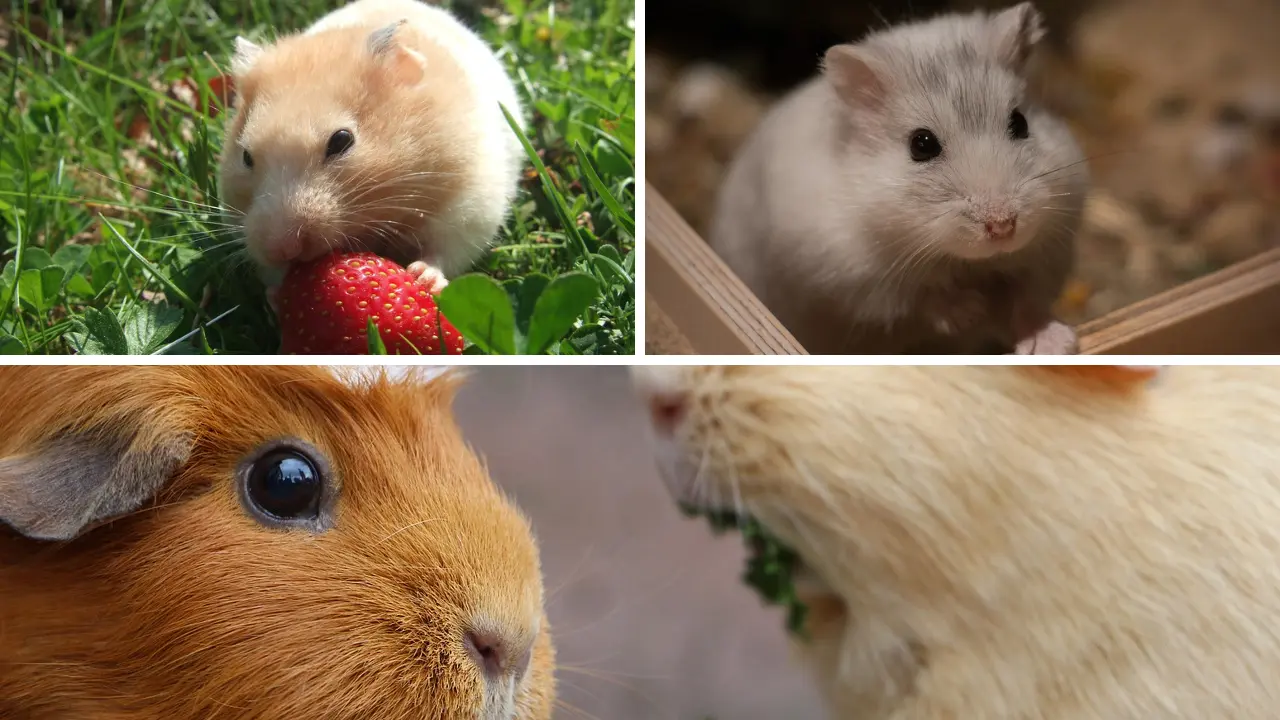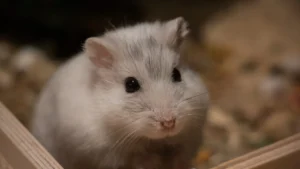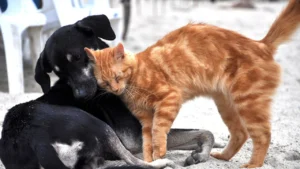Table of Contents
In the realm of small pets, hamsters and guinea pigs stand out as two of the most popular and beloved companions. With their adorable faces, endearing personalities, and compact size, both hamsters and guinea pigs have captured the hearts of pet lovers around the world. But when it comes to choosing the perfect pet for you in 2024, how do you decide between these furry friends? This comprehensive guide explores the key differences between hamsters and guinea pigs, helping you make an informed decision based on your lifestyle, preferences, and personality.
1. Introduction to Hamsters Vs Guinea Pigs: Understanding the Basics
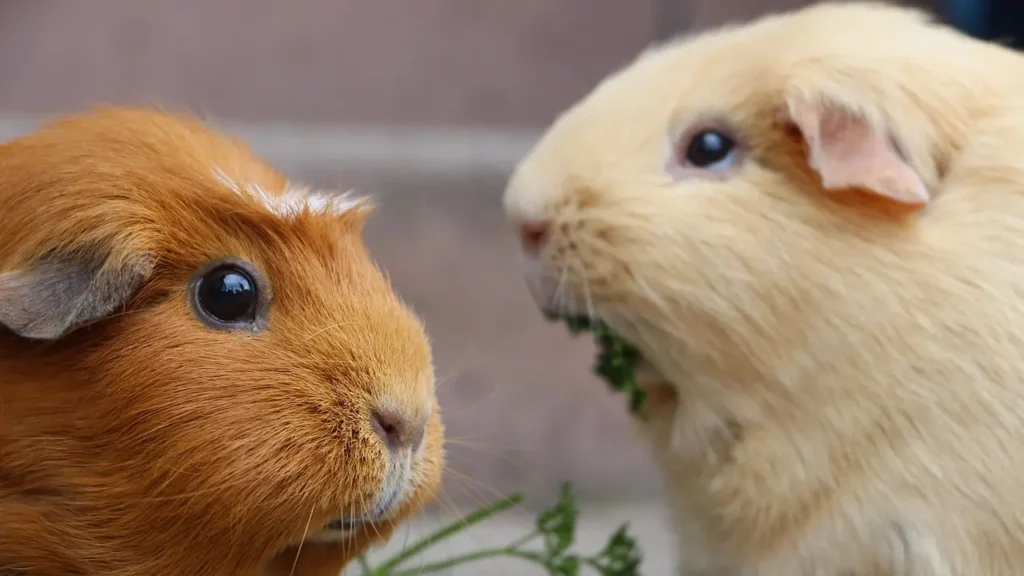
Hamsters and guinea pigs are both small rodents that belong to the order Rodentia and make popular pets for families, individuals, and children alike. While they share some similarities, such as their small size and herbivorous diet, hamsters and guinea pigs have distinct differences in terms of their physical characteristics, behavior, and care requirements.
2. Physical Characteristics: Tiny Hamsters Vs Guinea Pigs Chubby
One of the most apparent differences between hamsters and guinea pigs lies in their physical appearance. Hamsters are typically smaller and more compact than guinea pigs, with an average length of 4 to 7 inches and a weight of 1 to 7 ounces, depending on the breed. They have round bodies, short legs, and small, furry ears, with a wide range of coat colors and patterns, including golden, white, gray, and black.
In contrast, guinea pigs are larger and more robust, with an average length of 8 to 10 inches and a weight of 1.5 to 3 pounds. They have a distinctive chubby and rounded appearance, with short legs, small ears, and a smooth, dense coat of fur that comes in a variety of colors and patterns, including solid, tricolor, and roan.
3. Behavior and Temperament: Active Hamsters vs Guinea Pigs Social
Another significant difference between Hamsters vs Guinea Pigs lies in their behavior and temperament. Hamsters are typically solitary animals that prefer to live alone and may become aggressive or territorial if housed with other hamsters. They are nocturnal creatures, meaning they are most active during the evening and nighttime hours, spending much of their time sleeping during the day.
Guinea pigs, on the other hand, are social animals that thrive on companionship and interaction with their own kind. They are known for their gentle and sociable nature, often forming close bonds with their human caregivers and enjoying the company of other guinea pigs. Unlike hamsters, guinea pigs are diurnal animals, meaning they are most active during the daytime and may become restless or vocal if left alone for extended periods.
4. Housing and Habitat: Cozy Cages for Hamsters, Spacious Enclosures for Guinea Pigs
When it comes to housing and habitat requirements, hamsters and guinea pigs have different needs based on their size, behavior, and activity levels. Hamsters are typically housed in small cages or aquariums with solid bottoms and secure lids to prevent escape. They require minimal space for exercise and enrichment, with a wheel for running, hiding spots for privacy, and chew toys for mental stimulation.
Guinea pigs, on the other hand, require larger and more spacious enclosures to accommodate their larger size and social nature. Guinea pig cages should be at least 7.5 square feet in size for one or two guinea pigs, with additional space for each additional guinea pig. They require plenty of room to move around, explore, and socialize, as well as a variety of accessories, such as tunnels, hideaways, and platforms, to keep them mentally and physically stimulated.
5. Diet and Nutrition: Seed Mixes for Hamsters, Fresh Produce for Guinea Pigs
Diet and nutrition are essential considerations when caring for hamsters and guinea pigs, as both species have specific dietary requirements to support their health and well-being. Hamsters are omnivores that require a balanced diet consisting of commercial hamster pellets or seed mixes supplemented with fresh fruits, vegetables, and occasional treats, such as nuts, seeds, and mealworms. It’s important to provide a variety of foods to ensure your hamster receives all the essential nutrients they need to thrive.
Guinea pigs, on the other hand, are strict herbivores that require a diet rich in hay, fresh vegetables, and a small amount of commercial guinea pig pellets. Timothy hay should make up the majority of a guinea pig’s diet, providing essential fiber to support digestive health and dental wear. Fresh vegetables, such as leafy greens, bell peppers, and carrots, should be offered daily to provide additional vitamins and minerals. It’s important to avoid feeding guinea pigs foods that are high in sugar, fat, or salt, as these can lead to obesity and other health problems.
6. Lifespan and Longevity: Short-Lived Hamsters, Long-Lived Guinea Pigs
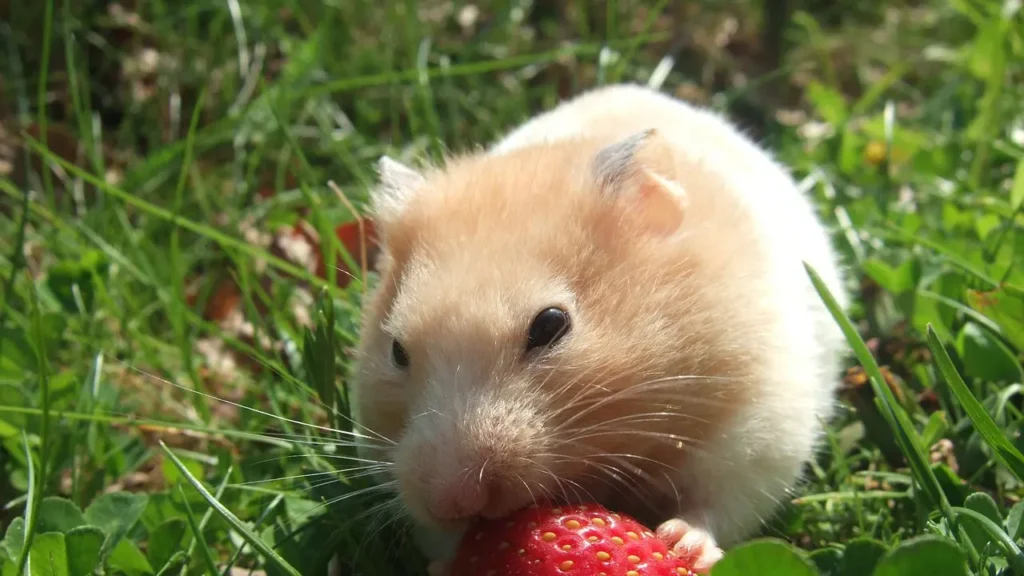
The lifespan of Hamsters vs Guinea Pigs varies depending on factors such as genetics, diet, and overall care. Hamsters are relatively short-lived animals, with an average lifespan of 2 to 3 years, although some species, such as the Roborovski dwarf hamster, may live up to 4 years with proper care. Guinea pigs, on the other hand, have a longer lifespan, with an average lifespan of 5 to 7 years, although some guinea pigs may live up to 8 years or more with proper care.
7. Exercise and Activity: Wheel Running for Hamsters, Floor Time for Guinea Pigs
Exercise and activity are essential for both hamsters and guinea pigs to maintain their physical and mental health. Hamsters enjoy running on exercise wheels and exploring their cage environment, but they should also be provided with opportunities for out-of-cage exercise in a safe and supervised environment. Guinea pigs require daily floor time outside of their cage to stretch their legs, explore their surroundings, and socialize with their human caregivers. It’s essential to provide a secure and predator-proof area for guinea pigs to roam, such as a playpen or gated area, to prevent escape and injury.
8. Health and Wellness: Common Health Issues in Hamsters Vs Guinea Pigs
Like all pets, Hamsters vs Guinea Pigs are susceptible to a variety of health issues that can impact their well-being. Common health problems in hamsters include dental problems, respiratory infections, skin conditions, and obesity. It’s essential to provide proper dental care, regular veterinary check-ups, and a balanced diet to prevent and manage these health issues.
Guinea pigs are prone to certain health problems as well, including dental problems, respiratory infections, gastrointestinal issues, and vitamin C deficiency. Guinea pigs require a diet rich in vitamin C to prevent scurvy, a potentially life-threatening condition that can cause joint pain, lethargy, and dental problems. It’s important to provide a balanced diet, regular veterinary care, and a clean and sanitary living environment to keep guinea pigs healthy and happy.
9. Bonding and Interaction: Hamsters vs Guinea Pigs
Building a strong bond and relationship with your pet is essential for their overall well-being and happiness. Hamsters may take some time to warm up to their human caregivers but can form strong bonds with regular handling and positive interaction. It’s important to handle hamsters gently and respectfully to build trust and confidence over time.
Guinea pigs, on the other hand, are social animals that thrive on companionship and interaction with their human caregivers. They enjoy being held, petted, and cuddled, and may even vocalize or purr to express their contentment. It’s important to spend quality time with guinea pigs each day to strengthen your bond and provide social enrichment.
10. Conclusion: Choosing the Best Pet for You in 2024
In conclusion, the decision to choose between a Hamsters vs Guinea Pigs as a pet ultimately depends on your lifestyle, preferences, and personality. Both hamsters and guinea pigs offer unique qualities and bring joy, companionship, and love to their owners’ lives in their way. Whether you’re drawn to the independent nature of hamsters or the social and interactive nature of guinea pigs, it’s essential to consider factors such as temperament, care requirements, space, and long-term commitment when making your decision.
By understanding the key differences between Hamsters vs Guinea Pigs and evaluating your own lifestyle and preferences, you can choose the perfect pet to enrich your life and bring happiness to your home in 2024 and beyond. So whether you’re a hamster enthusiast or a guinea pig aficionado, there’s a furry friend out there waiting to become your beloved companion.

